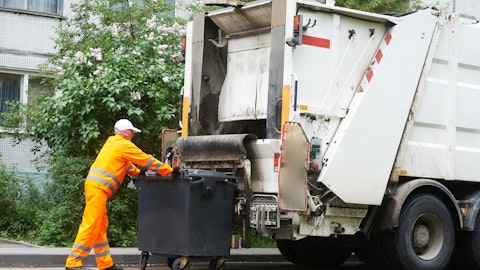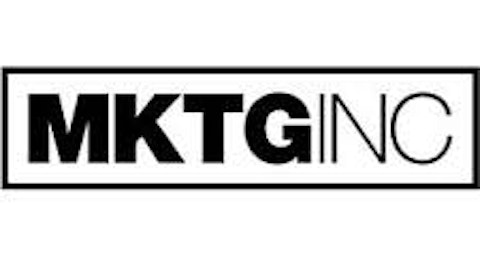Mark Duff: Yes, additional to current staff. Correct.
Howard Brous: What you are basically talking about, if I do some numbers, you are talking about earnings just in this contract fully deployed than say 2025 almost $3 in earnings. Does that sound about right?
Mark Duff: I am not qualified at this point to do that math, I just didn’t qualify. I haven’t done that math. But it sounds like it might be about the right number, generally.
Howard Brous: Okay. Let me continue because the DOE has published probably 1,500 different pages of items. Let’s talk about the TBI. What’s interesting about the TBI comment 2,000 gallons, assuming that’s done by the end of the year? They also mentioned that they have no desire €“ and this is in the documents, final waste incidental to reprocessing evaluation for the test that initiative demonstration and this came out March 16. And on Pages 4-20, 21 and 22, effectively they have said that they have no desire to do what you and I would look at as the third phase of 300,000 gallons. And this does imply that they are looking to go from the 2,000 gallons assuming successful, right to full capacity. I’d like your comments about that?
Mark Duff: Yes. We have had a number of meetings with DOE in the last few weeks about the overall TBI program and I have asked before about that. And DOE’s response has generally been the same as it’s been, as I have described on prior phone calls. And that is that they have a roadmap that they refer to, which integrates their strategy for tank cleanup. It includes €“ it’s largely based on the DFLAW facility. I know it’s DOE has $14 billion invested in and obviously, decades of construction. Getting that plant up and running and that’s kind of the centerpiece of it. TBI and grouting certainly fits into that roadmap as they refer to it. When it occurs is going to be dependent on when DFLAW gets rolling, funding, how DFLAW facility works, other types of regulatory considerations and those types of things.
And in the response to whether they are going to go to 300,000 gallons versus right into a production level, I don’t think DOE has made that decision yet period. Whether they call it TBI or low-level waste offsite disposition, which is what they refer to congressionally that remains to be seen, but the supplemental program for grouting, it certainly seems to be €“ and I’ve been told is a part of that overall road map. So to answer your question, Howard, whether it’s 300,000 gallons as Phase 3 of TBI, or whether it’s moving right into an operational phase, DOE has laid the groundwork so far from a regulatory perspective from €“ through the WIR that we mentioned, also through the environmental assessment to support their legal requirements.
They have all been done. They have another hurdle to address which is a smaller hurdle with the state of Washington for the RD&D permit, which is required to pump the waste out of the tank that’s shipped to us. Once that’s done, they can start going. And as you know, there is another method of that they are pumping out now to what they call a TSCR, the TSCR pumping waste. DOE has planned on pumping 800,000 gallons this calendar year with that, and putting it in storage for DFLAW. And once that gets full, I think it’s an opportunity to also grout some of that. So we have not agreed to that yet. But it depends on when DFLAW gets up and running if it’s just around the corner or if it’s a good ways off, I’m sure there’ll be opportunities to talk to DOE about that potential as well.
So to answer your question specifically, I don’t think DOE has given a lot of consideration to whether it’s Phase 3 of TBI or whether it’s right into an operational phase.
Howard Brous: On an operational phase, what kind of capacity could you use in, or €“ excuse me, work on in terms of, say, 2025?


